A notable Second World War anti-U-boat operations campaign group of seven awarded to Chief Stoker R. C. Martin Royal Navy Having cut his teeth on the Dunkirk run in the minesweeper H.M.S. Sharpshooter, Martin was present at no less than four U-boat 'kills' in the sloop Pelican, a remarkable record that reflected a triumphant turn in the tide of the battle of the Atlantic 1939-45 Star; Atlantic Star; Africa Star, clasp, North Africa 1942-43; Burma Star, clasp, Pacific; Italy Star; War Medal 1939-45; Royal Navy L.S. & G.C., G.VI.R., 1st issue (KX. 75889 R. C. Martin S.P.O., H.M.S. Sharpshooter), good very fine (7) Robert Charles Martin was born in Maidstone, Kent on 11 May 1907 and joined the Royal Navy as a Stoker 2nd Class in March 1926. Operation "Dynamo" - opening shots By the outbreak of hostilities in September 1939, he was serving as an Acting Stoker Petty Officer in the minesweeper H.M.S. Sharpshooter and he was likewise employed during her gallant part in the evacuation of Dunkirk in May 1940. On that memorable occasion, Sharpshooter brought home 69 troops from the beaches on the 29th, and a further 273 troops on the 30th, but her good work was curtailed by a collision with the steamer St. Helier on her next outbound trip from Dover: taken in tow by a tug, her return to port took eleven hours. Having then been awarded his L.S. & G.C. Medal in February 1941, Martin removed to the Pelican at the year's end, the commencement of a remarkable period on anti-U-boat operations. At the time of his joining, Pelican - an Egret-class sloop - was hard at work as a convoy escort. H.M.S. Pelican - Four down, not out In early 1942, Pelican was assigned to 45 Escort Group, charged with protecting convoys sailing to, and from West Africa. And it was in this role that she achieved her first 'kill', when, in the company of her consorts Spey and Leopard, she destroyed the U-136 north-west of Madeira on 11 July 1942. Having then participated in Operation "Torch", Pelican became the senior officer's ship in 1st Support Group, the commencement of a spate of memorable North Atlantic convoys. Her subsequent part in convoy SC-128 in May 1943 was a case in point, when she was dispatched from St. John's, Newfoundland, to counter a sustained U-boat offensive in which 12 of the convoy's ships had been sunk. Appropriately enough, she responded by destroying the U-438 off 'Cape Farewell' on the 6th. There were no survivors. In fact, SC-128 proved to be one of the turning points in the battle of the Atlantic, for no less than nine U-boats were sunk, and five more seriously damaged. In June 1943, back on the Atlantic run as escort to convoy ONS-10, Pelican and her consort Jed took out the U-334 south-west of Iceland on the 14th. There were no survivors. But Pelican - and Chief Stoker Martin - were not yet done. As part of 7 Escort Group in the Bay of Biscay in April 1944, ship and crew took out the U-448. Fortunately for posterity's sake, reels of evocative film footage of Pelican - much of it in colour - may be viewed in an Imperial War Museum film: https://www.youtube.com/watch?v=qCZ5TvDINtE Postscript Martin departed Pelican on 29 April 1944 and, following a period ashore, he joined the cruiser Euryalus in November of the same year. She joined the British Pacific Fleet in March 1945 but was subsequently attached to the U.S. Fleet. Likewise employed at the war's end, he was promoted Chief Stoker in December 1945 and finally came ashore in May 1948.
A notable Second World War anti-U-boat operations campaign group of seven awarded to Chief Stoker R. C. Martin Royal Navy Having cut his teeth on the Dunkirk run in the minesweeper H.M.S. Sharpshooter, Martin was present at no less than four U-boat 'kills' in the sloop Pelican, a remarkable record that reflected a triumphant turn in the tide of the battle of the Atlantic 1939-45 Star; Atlantic Star; Africa Star, clasp, North Africa 1942-43; Burma Star, clasp, Pacific; Italy Star; War Medal 1939-45; Royal Navy L.S. & G.C., G.VI.R., 1st issue (KX. 75889 R. C. Martin S.P.O., H.M.S. Sharpshooter), good very fine (7) Robert Charles Martin was born in Maidstone, Kent on 11 May 1907 and joined the Royal Navy as a Stoker 2nd Class in March 1926. Operation "Dynamo" - opening shots By the outbreak of hostilities in September 1939, he was serving as an Acting Stoker Petty Officer in the minesweeper H.M.S. Sharpshooter and he was likewise employed during her gallant part in the evacuation of Dunkirk in May 1940. On that memorable occasion, Sharpshooter brought home 69 troops from the beaches on the 29th, and a further 273 troops on the 30th, but her good work was curtailed by a collision with the steamer St. Helier on her next outbound trip from Dover: taken in tow by a tug, her return to port took eleven hours. Having then been awarded his L.S. & G.C. Medal in February 1941, Martin removed to the Pelican at the year's end, the commencement of a remarkable period on anti-U-boat operations. At the time of his joining, Pelican - an Egret-class sloop - was hard at work as a convoy escort. H.M.S. Pelican - Four down, not out In early 1942, Pelican was assigned to 45 Escort Group, charged with protecting convoys sailing to, and from West Africa. And it was in this role that she achieved her first 'kill', when, in the company of her consorts Spey and Leopard, she destroyed the U-136 north-west of Madeira on 11 July 1942. Having then participated in Operation "Torch", Pelican became the senior officer's ship in 1st Support Group, the commencement of a spate of memorable North Atlantic convoys. Her subsequent part in convoy SC-128 in May 1943 was a case in point, when she was dispatched from St. John's, Newfoundland, to counter a sustained U-boat offensive in which 12 of the convoy's ships had been sunk. Appropriately enough, she responded by destroying the U-438 off 'Cape Farewell' on the 6th. There were no survivors. In fact, SC-128 proved to be one of the turning points in the battle of the Atlantic, for no less than nine U-boats were sunk, and five more seriously damaged. In June 1943, back on the Atlantic run as escort to convoy ONS-10, Pelican and her consort Jed took out the U-334 south-west of Iceland on the 14th. There were no survivors. But Pelican - and Chief Stoker Martin - were not yet done. As part of 7 Escort Group in the Bay of Biscay in April 1944, ship and crew took out the U-448. Fortunately for posterity's sake, reels of evocative film footage of Pelican - much of it in colour - may be viewed in an Imperial War Museum film: https://www.youtube.com/watch?v=qCZ5TvDINtE Postscript Martin departed Pelican on 29 April 1944 and, following a period ashore, he joined the cruiser Euryalus in November of the same year. She joined the British Pacific Fleet in March 1945 but was subsequently attached to the U.S. Fleet. Likewise employed at the war's end, he was promoted Chief Stoker in December 1945 and finally came ashore in May 1948.
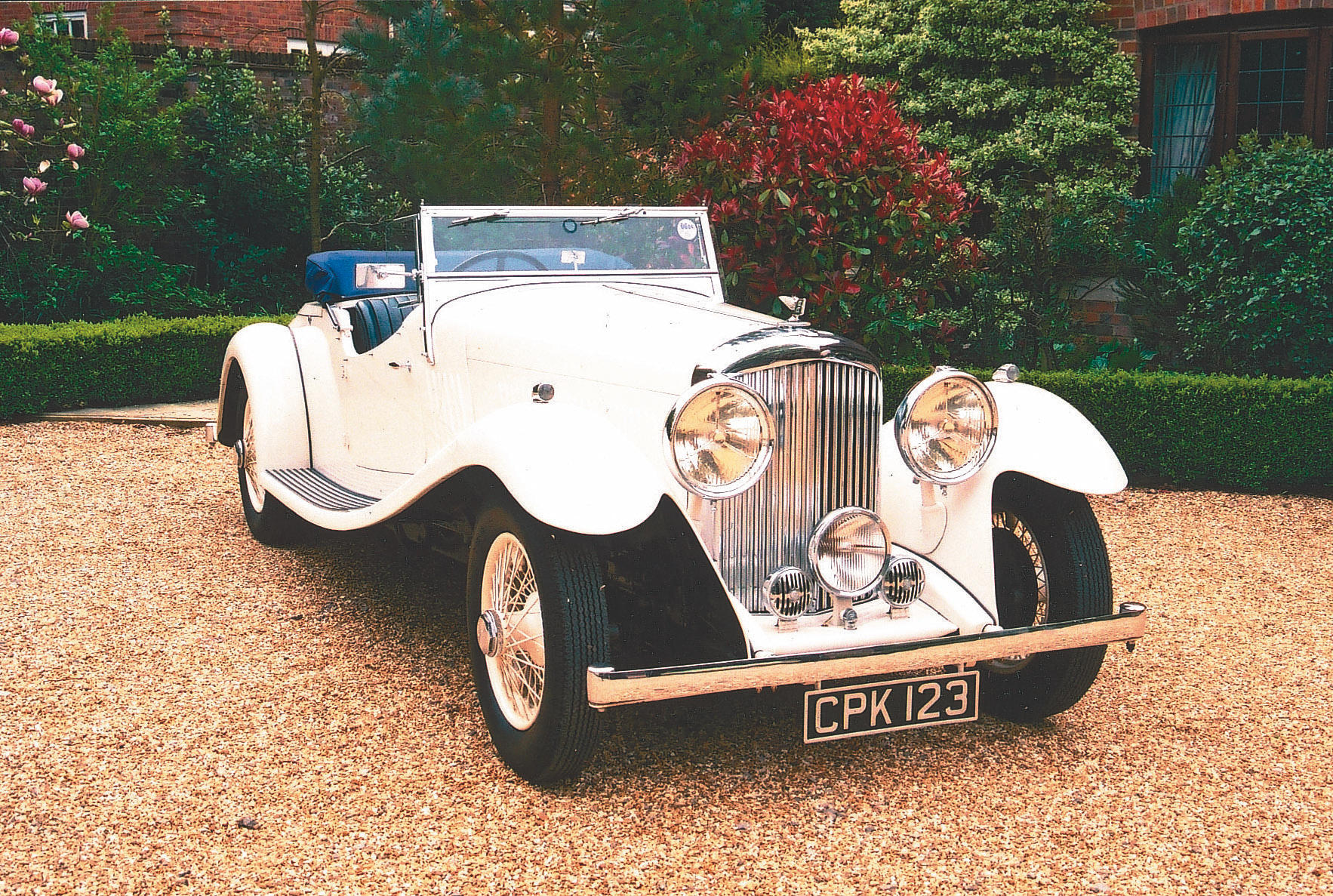
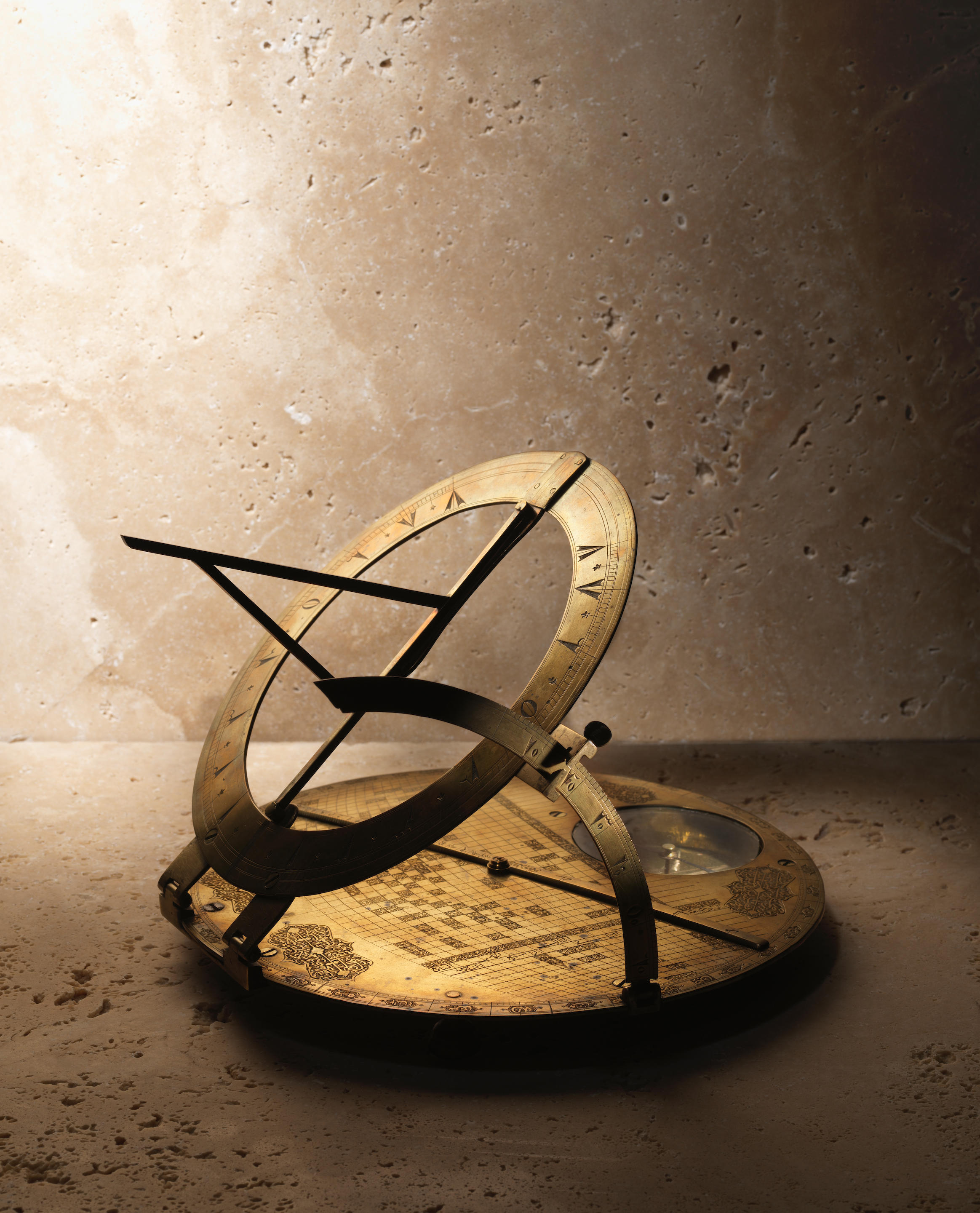

/113762/Internet%20Image%201.jpg)
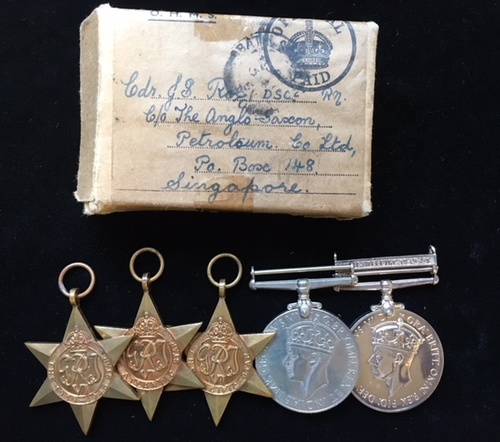

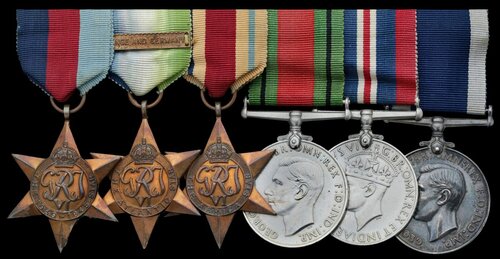

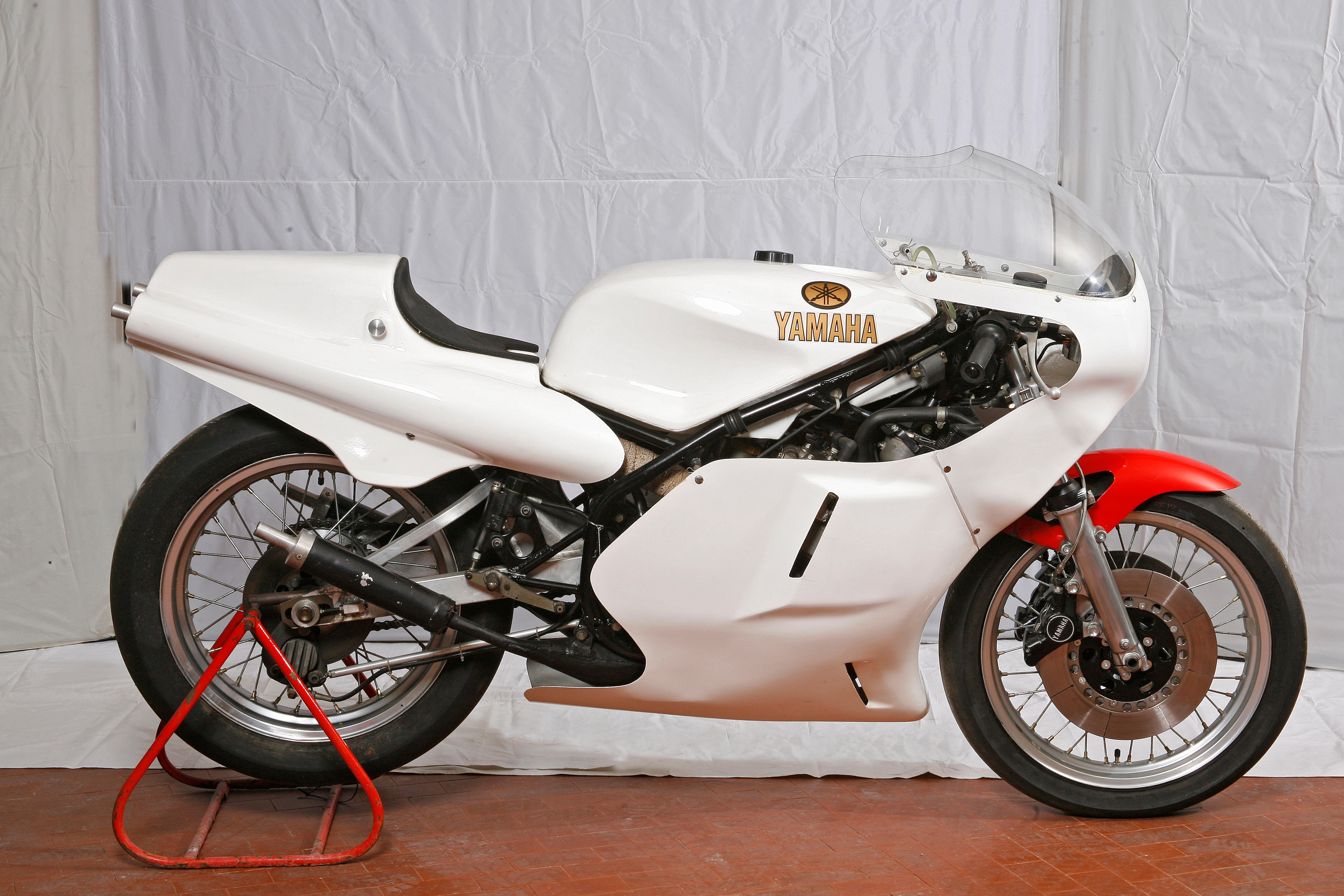
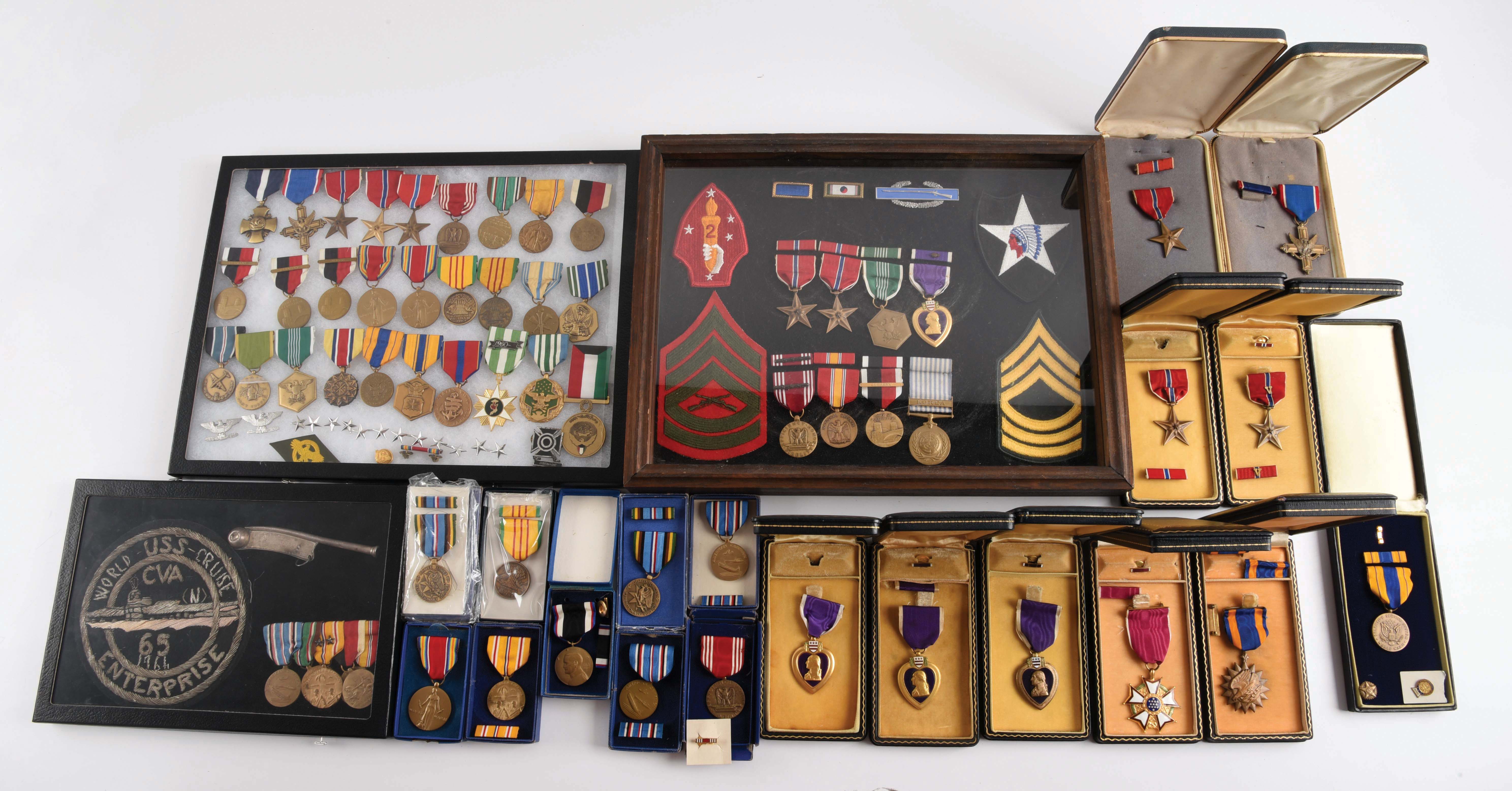





Try LotSearch and its premium features for 7 days - without any costs!
Be notified automatically about new items in upcoming auctions.
Create an alert